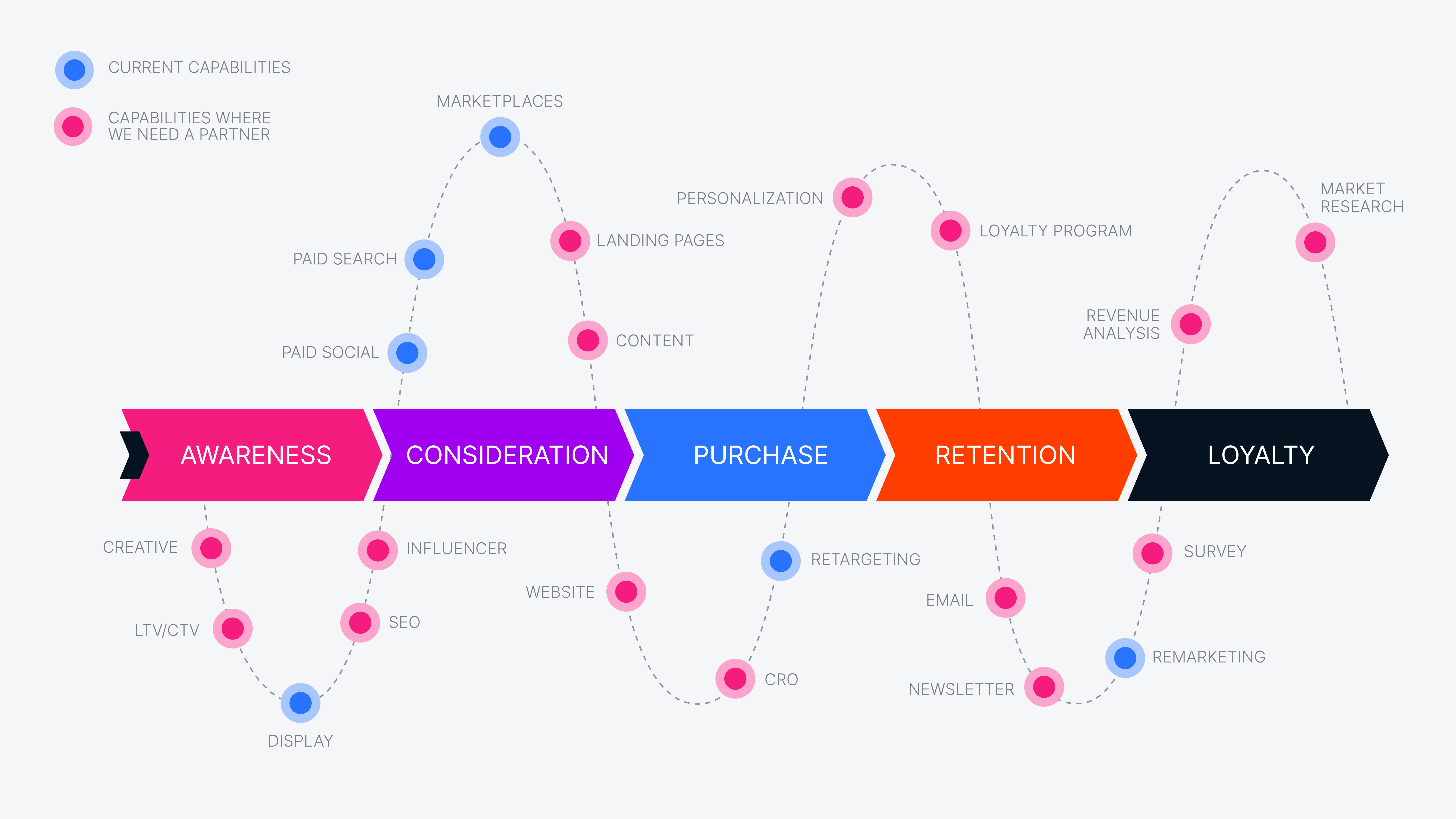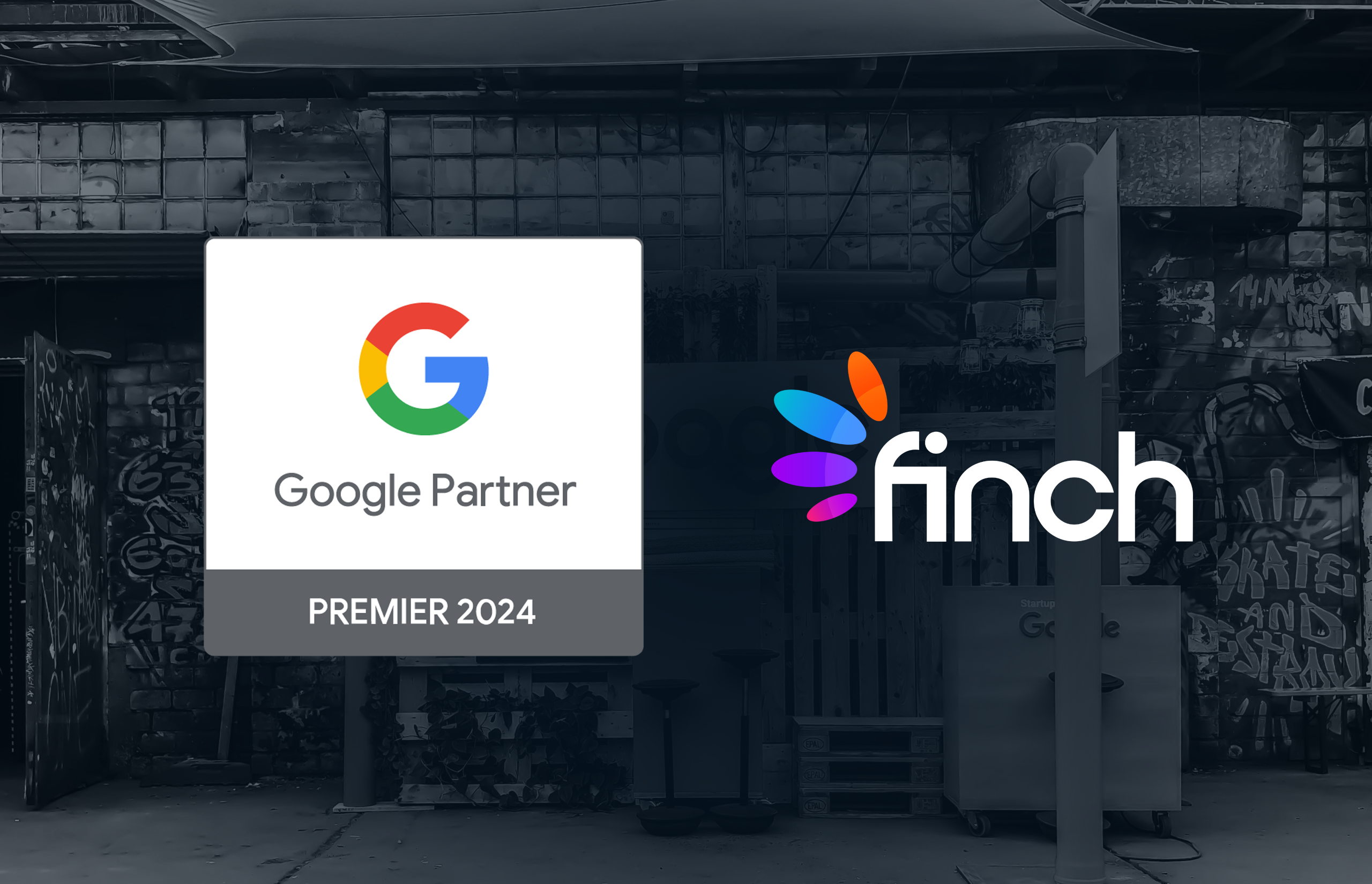eCommerce web development is a balancing act between speed and compromising quality. There’s fierce competition to get the right product in front of the right user, with a never-ending list of A/B testing and tweaking to maximize conversion rates.
And without the right eCommerce site testing to ensure high-performance, your paid advertising efforts can take a hit.
Testing prevents defects from destroying conversions. And the rapid pace of development means many developers are turning to test automation to help maintain high-quality software in a development environment that’s subject to constant change.
Types of eCommerce Site Testing for Applications
Testing eCommerce software means following many of the same best practices used to test any software. Still, some types of testing need added attention with eCommerce software.
Due to the nature of eCommerce, user experience is crucial. Tolerance for slow or defective software is low, while the cost of customer acquisition is high. You don’t want to lose a conversion from paid advertising after working so hard to acquire it. So it’s especially important to focus on these following areas.
Functional Testing
Functional testing validates that the software meets its functional requirements. For an eCommerce platform, this includes testing things such as:
- Creating an account
- Adding products to the cart
- Selecting a preferred shipping service or payment method
- Completing the checkout process.
Due to how central the user experience is in eCommerce, functional testing should be a top priority for eCommerce applications. Breaking checkout can cost millions in lost revenue, not to mention future customers.
Performance and Load Testing
Performance and load testing deal with how well a system holds up under various levels of stress. In eCommerce, milliseconds of load time can measurably impact conversion.
Traffic can be very volatile in the eCommerce industry, with certain events like Black Friday and the holidays typically resulting in huge traffic spikes. For many retailers, a significant portion of their yearly revenue is made during these events. So ensuring that an eCommerce application is fast and performant even under heavy loads is vital.
Even outside of special holidays and events, slow load speeds can kill conversions. Proper performance testing shouldn’t simply test an application at a theoretical max capacity but also test at sub-maximum loads. Otherwise, it can be difficult to catch inefficient code that causes slowdowns without actually crashing, which can result in missed conversions.
End-to-End Testing
End-to-end testing involves creating and following user journeys from the moment they start using an eCommerce app until they stop.
End-to-end testing is essential to help perfect the user experience. While functional testing might test core components (adding items to a cart, the checkout process, etc.) in isolation, end-to-end testing involves testing everything as a user will experience it.
This is important because functional testing alone may not uncover software defects that only appear when modules that pass testing in isolation are integrated into the wider eCommerce experience.
Significance of End-to-End eCommerce Site Testing
Attracting new business online is expensive. And maximizing the advertising cost of sale (ACoS) for every ad conversion is crucial.
You don’t want to lose potential new customers to a bug after the work and effort invested in acquiring them. eCommerce in particular is an industry with a very low tolerance threshold for software defects. For example, a study by Amazon found that they lost 1% of sales for each 100ms of latency when loading a page. This kind of sensitivity to issues highlights the need for high-quality end-to-end testing in eCommerce software.
The Need to Balance Speed and Quality
Though testing needs to be rigorous, it can’t come at the expense of deployment speed and developer velocity.
Software development life cycles (SDLCs) are short in eCommerce, as there is plenty of pressure to constantly adapt and change to tweak features to respond to market trends or insights from marketing teams.
The challenge of eCommerce testing is to maintain high-quality tests while also maintaining developer velocity. This means getting test results back to developers as quickly as possible.
Manual testing can quickly become a bottleneck in the overall development process, as test suites that take hours or longer to run simply can’t match the pace of shorter SDLCs. Core areas, such as the purchasing and checkout process, are typically subject to rapid change but are also the areas where regressions and defects are most damaging.
To solve the challenge, many developers are turning to test automation and continuous testing to help reduce test runtimes and catch defects faster — much like automating paid advertising campaigns to save time for digital marketing.
Test Automation Methods for eCommerce Sites
There are several different ways to automate end-to-end eCommerce site testing. Some development teams opt for record-and-playback testing. This lets testers record macros performing specific actions, such as adding an item to the shopping cart and then playing them back automatically many times over.
While this is convenient for automating user behavior with regards to UI/UX interactions, it still requires testers to create the test scenarios and tends to yield unstable or flaky tests.
Automatically Generated User-Behavior-Based Testing
Another option for automated testing is to automatically generate tests based on user behavior. Tools, such as ProdPerfect, automatically generate test code by analyzing traffic.
Similar to tools, such as Google Analytics, that monitor visitors and gather data about user behavior on a website, automated testing can use user behavior to highlight areas where testing will deliver the most value. This helps identify where to focus testing and highlight anomalies to reveal clues to potential pitfalls that aren’t being caught by other types of testing.
User behavior-based test cases can be categorized and run as discrete test units, which means that tests can be grouped and run in batches rather than as a single monolithic test suite. Not only does this save on test runtime, but it also reduces the number of tests that need to be run.
Tests developed based on real user data show which tests provide value in a test suite or be gotten rid of with minimal overall impact.
Where Automated End-to-End Testing Applies
Though test automation can significantly reduce test suite runtime, there are limitations.
It can be difficult to distinguish rarely-used features from noise, meaning defects within rarely used code can go unnoticed. However, automating the vast majority of tests frees up time for QA for more creative endeavors, like exploratory testing to help identify and catch edge cases.
Overall, automated testing helps QA teams cut back on test volume while also shrinking test runtime. This helps get feedback to developers faster, which allows teams to move more quickly and work to meet ever-shrinking SDLCs. That benefits advertisers by ensuring the site is in top working order and conversions not paid for only to have the sale get lost.
In industries like eCommerce that are subject to constant changes, test automation helps development teams move quickly while still feeling confident that the code they push works and that they’re not breaking core features every time an update is pushed.
About the Author
Erik Fogg is co-founder and chief operating officer at ProdPerfect, an autonomous E2E regression testing solution that leverages data from live user behavior.







